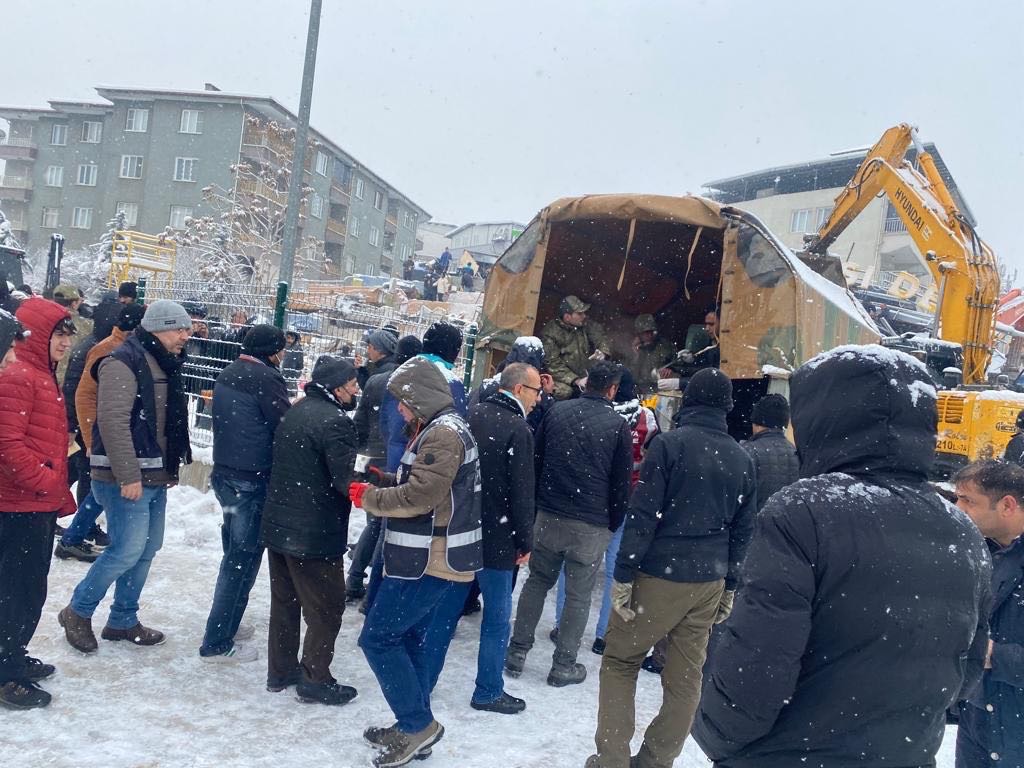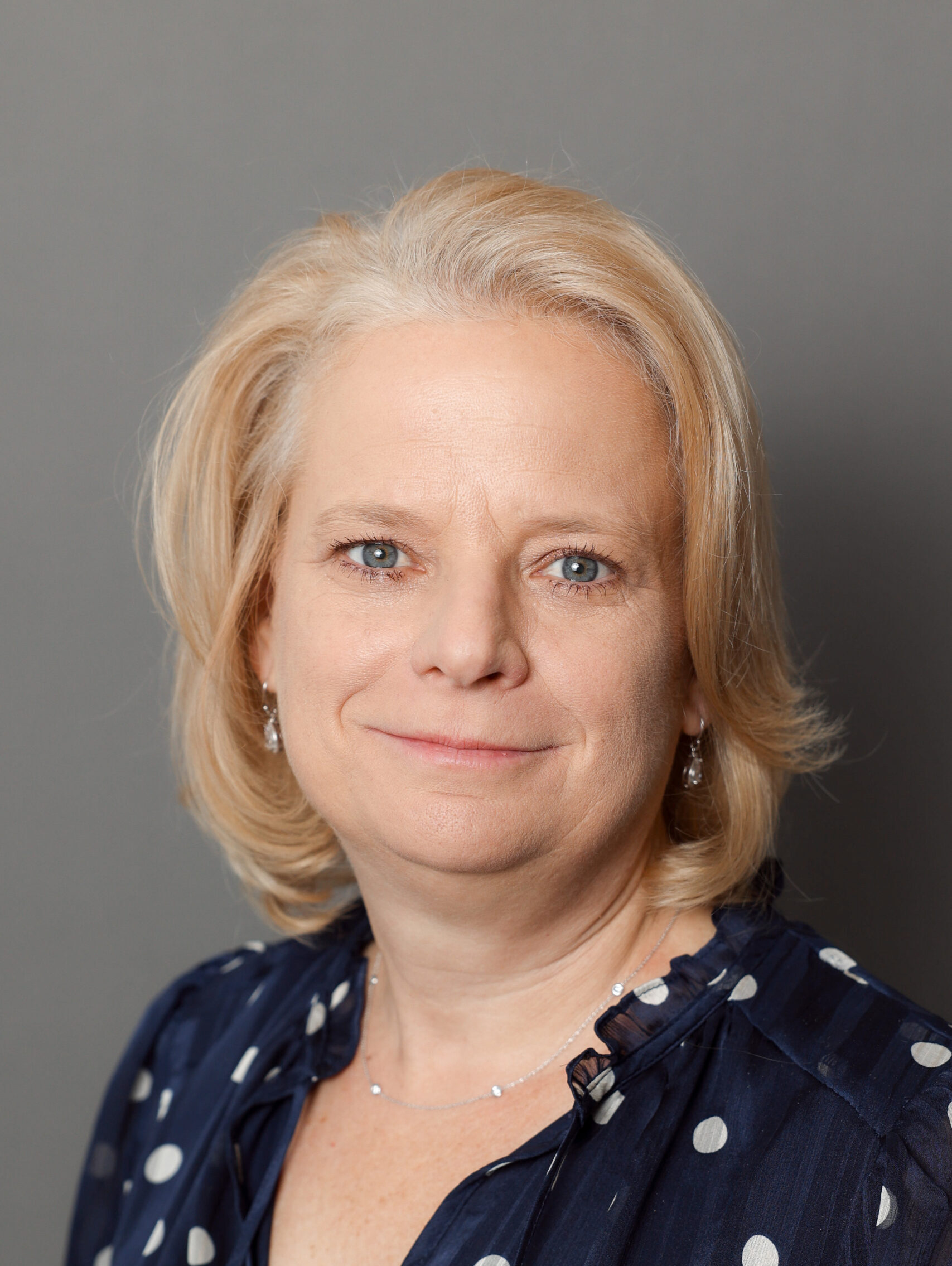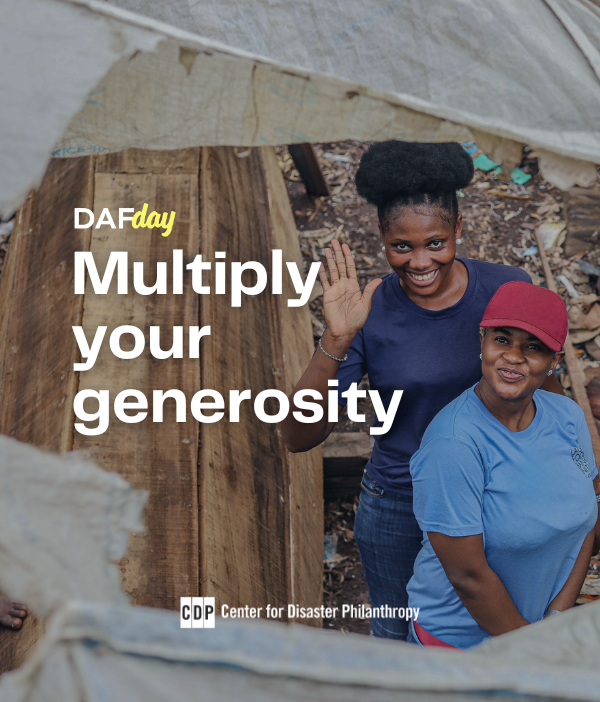3 ways to support survivors of the earthquakes in Turkey and Syria

In the middle of the night of Feb. 6, as families slept in their beds and a city slumbered, a 7.8 magnitude earthquake occurred close to Gaziantep in southern Turkey, along the northern border of Syria. Beyond the aftershocks, an additional 7.5 magnitude quake occurred southwest of the city. The information and accompanying images coming out of Turkey and Syria are devastating, all the more as the after-effects of the earthquakes continue.
For those who haven’t traveled to, worked in or studied the affected region, it is easy to think of it as remote, defined primarily by the 12-year-long conflict in Syria. It is much more than this, with Turkish generosity on display as they host more than 3.7 million Syrian refugees. Turkey also facilitates a border crossing, a humanitarian lifeline for millions in northwest Syria. And beyond helping its neighbors, this region is rich with history, believed by some to be the birthplace of baklava and home to several UNESCO world heritage sites and a creative city of gastronomy.
A complex disaster
I have had the honor and privilege to have visited both Gaziantep, Turkey, and the northern border region of Syria multiple times. Over the coming days and weeks, the news stories will focus on the loss of life, families torn apart and the rubble resulting from the destruction. You will see and hear appeals for food, water, shelter and other emergency needs. And none of these are wrong. Yet the needs of affected people will far surpass what we see in the news. And these same people will need to be centered in the decisions made by the government, the UN and nonprofits regarding their response and recovery.
The earthquake is an incredibly complex disaster, with different hazards arising as vulnerabilities shift. Share on X
For example, once people escape from the rubble of their former homes, they will be exposed to winter temperatures. The shops where they once purchased their goods may be destroyed or not open at a time when communities have an outsized need for them.
The destruction wrought by the quakes is also likely to have ripple effects on the region’s ability to act as a critical hub for the aid industry’s access to Syria, including Idlib, a city already amid a cholera outbreak. Sectoral and development priorities will be split, and capacities will be overstretched as disasters within existing disasters expand.
How you can help
The Center for Disaster Philanthropy is monitoring the situation and advises that philanthropy explore helping in the following ways:
- Go local. As I wrote in a recent article for Alliance Magazine, “The evidence of the benefits of locally-led action is indisputable: local organizations have a greater understanding of context, culture and affected communities. They are thus better placed to understand their needs and develop innovative solutions.”
- Provide flexible funding. The needs will shift as more information is known and access improves. By trusting the organizations on the ground with your funds, you are providing them the ability to be nimble as the situation changes, especially if you give your support as cash.
- Take the long view. This crisis is not going to be over in a news cycle. Grantmakers and donors need to support programming beyond the disaster event, beyond the immediate need. Support initiatives that look at the root causes of communities’ vulnerabilities.
The images of immediate destruction don’t fully capture the devastation brought about by the earthquake. The needs of affected communities and how best to support immediate relief and long-term recovery will vary and continue to develop in the weeks, months and years ahead.
CDP is in close communication with our grantee partners in Turkey and Syria. As we assess and learn more, we will share opportunities and additional information to guide your disaster philanthropy for the people affected by these tragic events.
In close collaboration with local partners, the CDP Turkey & Syria Earthquake Recovery Fund will provide vital resources to earthquake-affected communities as they work to rebuild and recover. Support the fund now.

